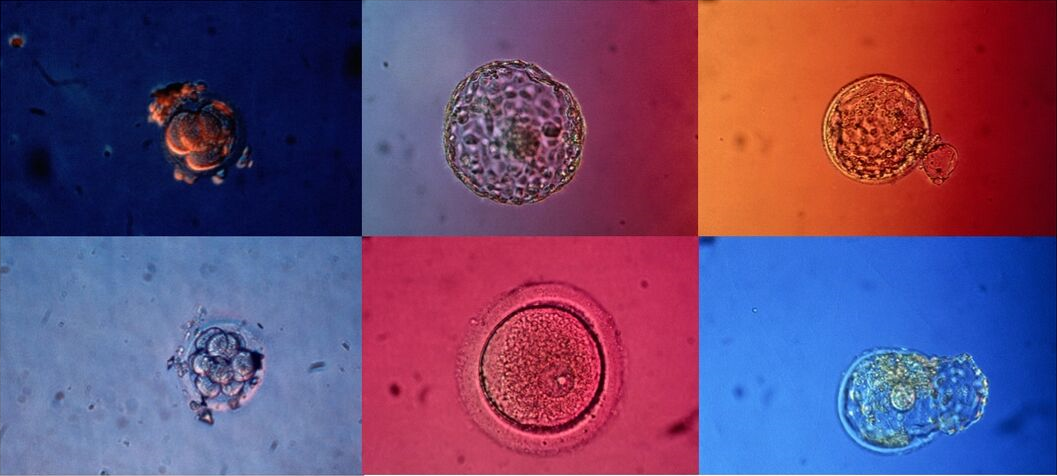I had the pleasure of attending this year’s online Progress Educational Trust (PET) annual conference where the topics for consideration were fertility, genomics and COVID-19.
Consultant Jane Stewart opened the first session by speaking about the experiences of fertility clinics and she used the surfing analogy of ‘riding the wave’ through what was, and still is in many respects, a great unknown. One of the difficult issues for clinics throughout has been how to organise their reopening and patients’ return to treatment, where a more restricted allocation of resources can necessitate the prioritisation of some patients over others. This issue was taken up by philosopher and bioethicist Julian Savulescu, who described IVF as a ‘playground of ethical issues’. For instance, considerations about what constitutes elective treatment, non-urgent treatment, futile treatment, risk and safety involve a series of value judgements that are contestable. The ways in which fertility clinics approach the pandemic and its aftermath will likely involve judgements about how to prioritise the return of fertility patients, and Julian set out various ways to go about this process of prioritisation:
Should fertility treatment be offered on a first-come first-served basis? Should older patients receive treatment first given that they might be under greatest time pressure? Or should patients who have highest chance of success be given first access?
There are no clear or straightforward answers to which of these options is right or fair, but it is clear that decisions made at the clinic level will have a deep impact on patients’ lives. The uncertainties involved for patients about their treatment progression during the pandemic was taken up again in Session Four by chair Anna Veiga, who noted that there has been an increase in people seeking elective egg-freezing services during the pandemic as they anticipate a treatment delay of an unknown length of time.
Sessions Two and Three emphasised the wide range of unknowns about how COVID-19 – or more specifically the virus SARS-Cov-2 – affects reproductive function, semen, oocytes and foetuses. Allan Pacey, professor of andrology, noted the vast amount of research that has been done on this topic but he also emphasised the importance of maintaining quality assurance in all research. Session chair Fiona Fox reiterated the need to be cognisant and critical of a current infodemic, where poor research is given a platform and circulated in rapid media reporting. While the findings from studies on reproduction and SARS-Cov-2 so far are often inconclusive or difficult to extrapolate to the population level, the panels were largely positive about the low risks of the virus during fertility treatment and pregnancy, as well as for longer term fertility, yet they also insisted that this does not take away the fact that for some individuals COVID-19 can have devastating effects. Geneticist Sharon Moalem offered some fascinating insights into why men seem to be more susceptible to COVID-19 than women. Reflecting differential responses to many other viruses, female immune systems show a greater antibody response to infection, which impacts on the body’s resilience to severe illness as well as its response to vaccination.
The fourth session focused on the guidelines for fertility clinic reopening that have been developed by the European Society of Human Reproduction and Embryology. In practice, experiences from clinics have involved putting into place new staff and patient testing procedures, as well as sanitisation measures and the offering of telemedicine. While there was a sense that clinics have been able to respond to the new requirements effectively, concerns were expressed throughout the conference about limitations in other essential medical and health services. Specialist in reproductive medicine Luca Gianaroli noted that stillbirth rates have increased in many European countries, including the UK, during the pandemic. This, he said, is not due to the virus itself but rather the reduced access to antenatal and emergency care services. The impacts of reduced healthcare access was echoed by Human Fertilisation and Embryology Authority (HFEA) chair Sally Cheshire earlier in the day, who described how patients at the early stages of seeking diagnostic examinations via their general practice or routine gynaecological surgery are at a disadvantage in their potential fertility treatment progression. While there was a sense that fertility clinics have been able to respond relatively well to a new way of working, many other areas of the health services in the UK are experiencing backlogs and increased waiting times. These cases emphasised how fertility treatment is not an isolated ‘moment’ or procedure, but that it is closely tied to reproductive health more broadly as well as antenatal health and care. Attending to fertility patients’ broader trajectories of treatment is central to gaining a fuller understanding of the impact of the pandemic in this area.


